Inclusions in Specialty Alloys

When molten metal (steel, stainless steel, or nickel alloys) solidifies, the center of an ingot or slab is the last to freeze. While non-metallic impurities (oxides, nitrides, sulfides, silicides) settle throughout the ingot or slab, the greatest concentration of these inclusions settle along the solidification front…
How to Weld Duplex Stainless Steel
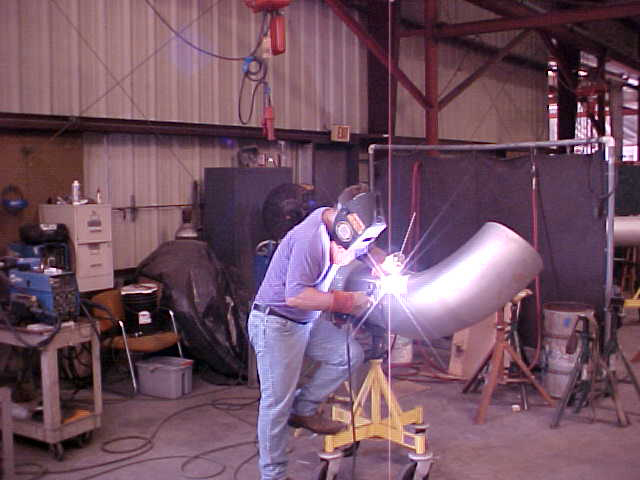
How to Weld Duplex Stainless Steel Back To All Articles Share: More Articles Rolled Alloys Metallurgical Services often receive questions about welding duplex stainless steel and general rules to follow to maintain corrosion resistance and properly preserve mechanical properties. This article will discuss basic rules and guidelines to help minimize potential issues that may arise […]
What is Sensitization and How to Avoid It?
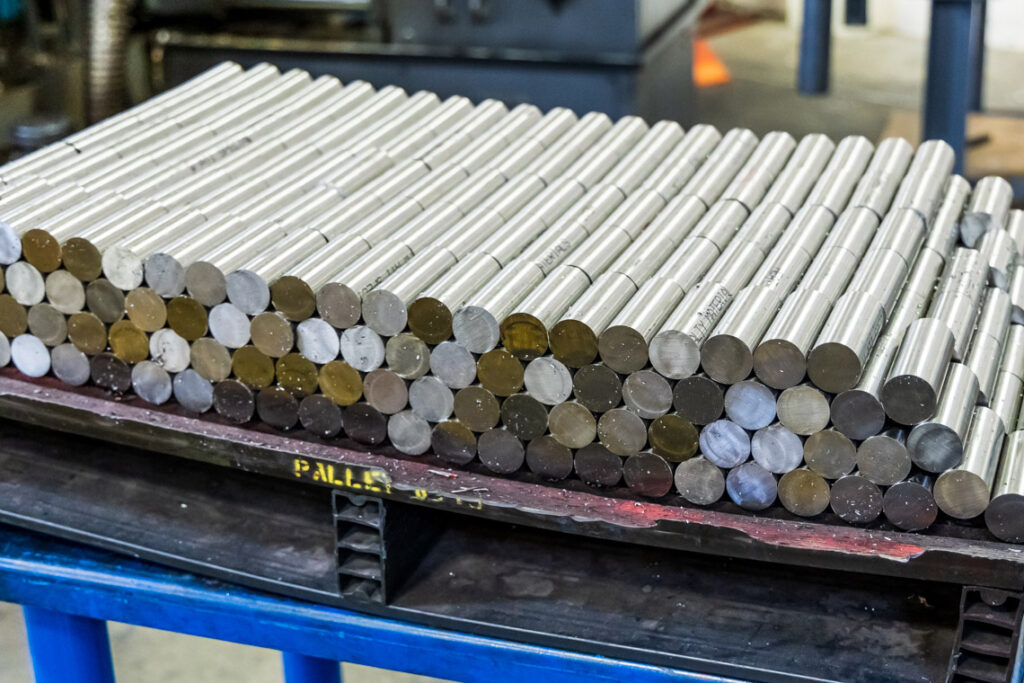
What is Sensitization and How to Avoid It? Back To All Articles Share: More Articles Sensitization is a phenomenon that can occur in stainless steel and even some nickel alloys. It is a critical concept that needs to be understood as it can adversely affect the performance of stainless steel and nickel alloys. Sensitization is […]
Hydrogen Sulfide – NACE MR0175/ISO 15156 & NACE MR0103
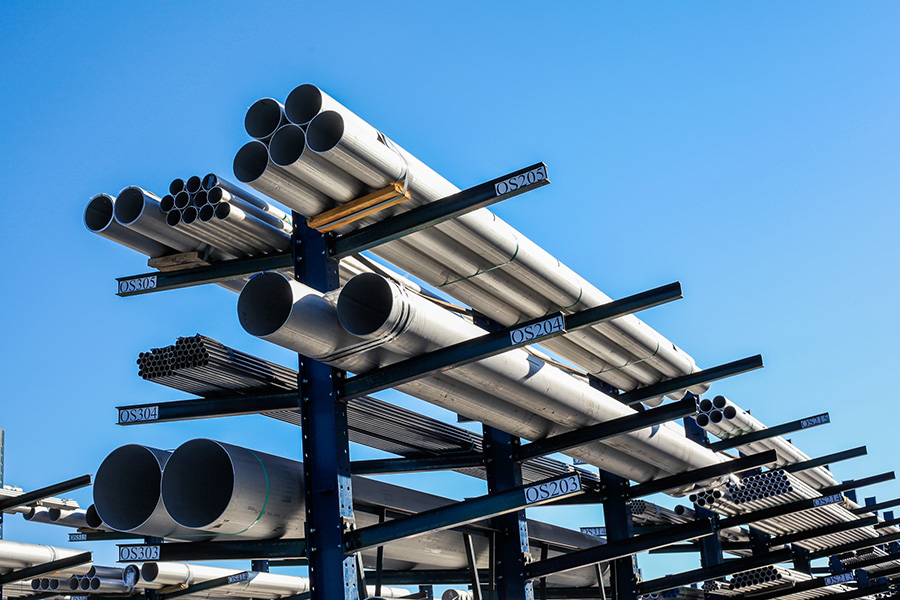
Hydrogen Sulfide -MR0175/ISO 15156 & MR0103 Back To All Articles Share: More Articles NACE International has developed two significant standards relative to the use of materials in hydrogen sulfide-bearing environments. MR0175/ISO 15156, Petroleum and Natural Gas Industries – Materials for use in H2S-containing Environments in Oil and Gas Production; and MR0103, Materials Resistant to Sulfide […]
Confused About Annealing and Heat Treating Terminology?
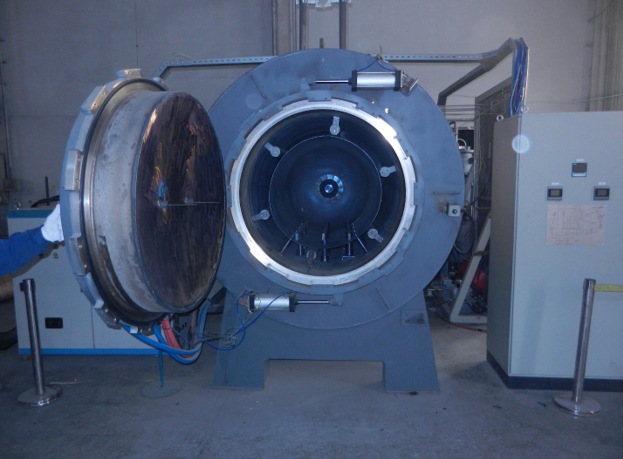
Confused About Annealing and Heat Treating Terminology? Back To All Articles Share: More Articles In the broadest sense, annealing is the process of heating an alloy to an elevated temperature to promote homogenous chemistry, equiaxed microstructure, and uniform mechanical properties to produce what is essentially stress-free, or “soft” material. In the stainless steel, nickel, and […]
How Stainless Steel Rusts
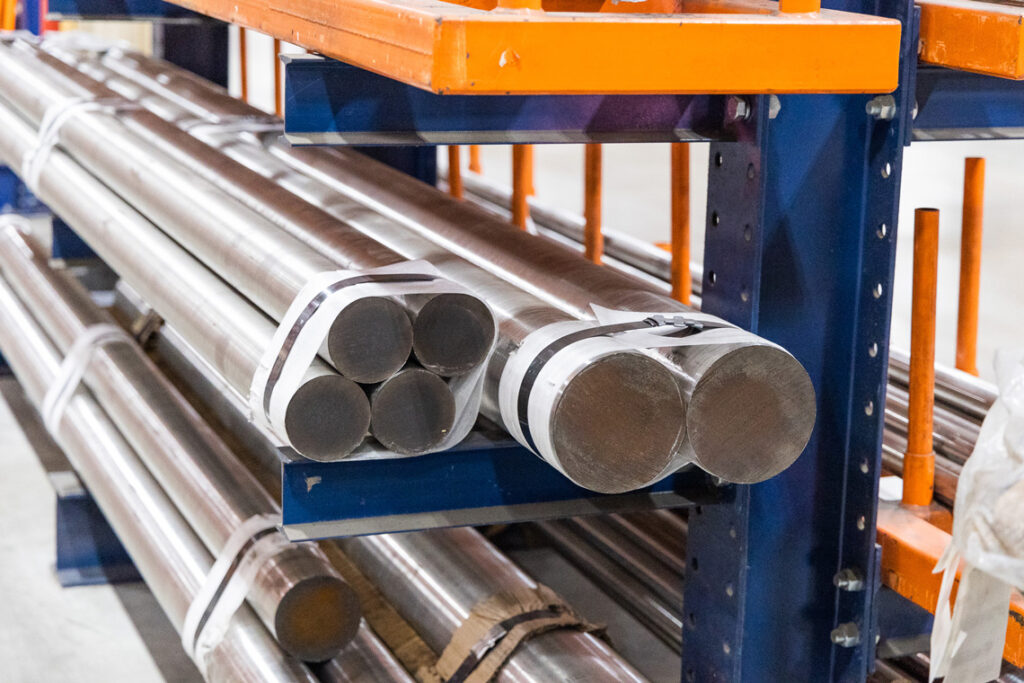
How Stainless Steel Rusts Back To All Articles Share: More Articles All grades of stainless steel contain a minimum of 10.5% chromium within their chemical composition which allows for them to form a continuous protective oxide layer along their surface. This oxide layer is what makes stainless steel resistant to rusting and other forms of […]
Stop Corrosion Before It Starts
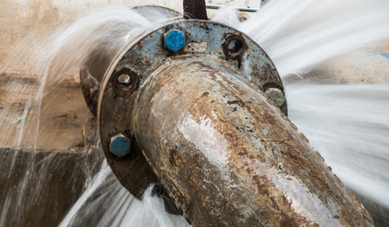
Stop Corrosion Before It Starts Back To All Articles Share: More Articles Corrosion can occur when an alloy is exposed to moisture and other elements or chemicals which cause the material to deteriorate. Rolled Alloys has put together a list of tips to help you avoid corrosion. Choose Stainless Steel: Although all metals can corrode, […]



